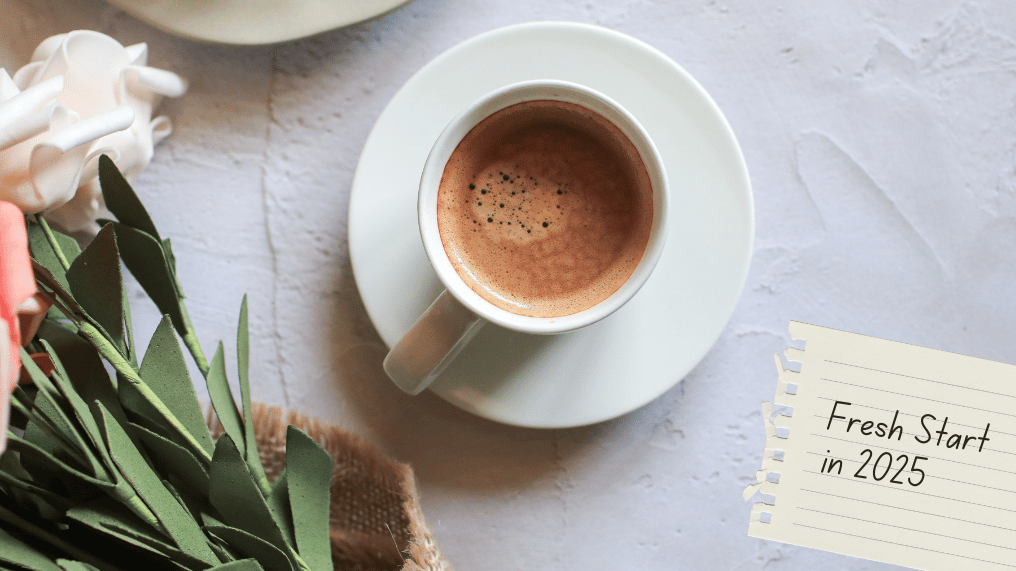Building a successful customer journey – Mapping Social Media KPI to Marketing Funnel Stage | Part 2
This is Part 2 of our series of article about how to build a successful customer journey with social media marketing KPI mapped to each stage. If you missed Part 1, click here to read.
The consideration stage in the customer journey
The Consideration stage is the bridge from ‘awareness’ to ‘conversion’, and it is a critical period for costumers to weigh their buying options.
The key for brands is how to build trust with their customers through educational and entertaining content in this stage and eventually become their choice.
Loyalty and retention rate are the key to growth
It might seem counterintuitive, that the most important KPI in the consideration stage is not the growth rate of followers, but rather the retention rate of followers.
Focusing on only growth will adversely affect the customer journey
When brands have seen steady growth of followers in the Awareness stage, a common mistake many brands make is to rush to the conversion stage, neglecting the consideration stage that has a great impact on customers’ cognition of and emotional connection with the brand.
Studies have shown that customers who have been nurtured contribute 47% more in sales to the brand than those who have not been nurtured. Moreover, nurturing customers can enhance purchase intent by 50% and reduce customer acquisition costs by 33%. It is estimated that 79% of potential customer loss is usually due to a lack of customer nurturing.1
As increasing number of brands are trying to establish their presence in social media, numerous new content emerges every second. The competition for the attention of social media users becomes increasingly fierce. As a result, acquiring new followers also becomes difficult. Keeping existing followers onboard and continuously nurturing them have become the highest priority for many brands now.
So customers are in the conversion stage of the customer journey, what are the KPIs to look at now?
Customers in the ‘conversion’ stage have already been successfully convinced by the brand to buy the product or service. But does the conversion rate meet the brand’s expectations?
Half the money I spend on advertising is wasted; the trouble is I don’t know which half.
John Wanamaker, American merchant and founder of one of the first American department stores, considered a “pioneer in marketing”
It’s not just advertising. All sorts of marketing efforts face a fundamental question:
Which efforts made to achieve conversion is actually working?
On average, customers will have 8 touchpoints with a brand before deciding to make a purchase.2 The types and numbers of touchpoints vary for different products and services, and it is almost impossible to track every detail of the customers’ journey that is across both online and offline channels.
However, what we do know is social media has become an increasingly important touchpoint in almost all sorts of customer journeys.

Enjoy up to 55% Off
What can be done with social media being an important touchpoint in the customer journey?
In recent years, the traffic across social media platforms has become increasingly frequent, and the phase for each platform to form its own ecosystem is gradually being shattered. However, although the cross-platform social media traffic is gradually increasing, each platform still hopes to retain more traffic within its own ecosystem, therefore, they do not really provide much support for cross-platform traffic tracking and measurement. That being said, there are two types of traffic tracking tools that can still be helpful for brands: URL shorteners and URL tagging.
The purpose of using URL Shorteners and URL tagging is especially helpful for brands to track conversion and measure conversion rate cross-platform, as nowadays, it often takes multiple touchpoints for a conversion to happen.
These tools helps to answer the following questions marketers often have:
- Which channel is the customer’s first touchpoint with my brand?
- How many touchpoints are needed before the conversion is made?
- At which touchpoint the conversion was made?
With this information, brands can optimise their marketing budget to boost the working channels and reduce the use of or replace the non-working channels, therefore driving more conversions overtime.
The Loyalty and Advocate stage is just not the end of the customer journey
Customers who are in the Loyalty and Advocate stages are very satisfied with the products and/or services provided by the brand, willing to repurchase or recommend the brand to others. It often seems that the customer journey comes to a conclusion here.
But there are still many things to do, and therefore, more KPIs to look at.
The cost for a brand to acquire a new customer is 5 to 25 times higher than the cost of making an existing customer to purchase again.3 From the cost-effectiveness perspective, the repurchase rate – loyalty – of customers can be seen as the ‘follower number indicator’ of this down to the bottom stage:
If the marketing funnel is working well, a brand should have a substantial percentage of loyal customers.
Furthermore, customers often recommend the brand’s products or services to their friends in real life, instead of via social media. It is a real headache for brands to track or measure such behaviour. However, recommendation often occurs simultaneously with repurchase behaviors, so if brands can seize the chance to encourage loyal customers to recommend the brand to others at the moment of repurchase, that could be a great conversion-driven strategy.
Build a successful customer journey with us.

 Previous Post
Previous Post Next Post
Next Post



